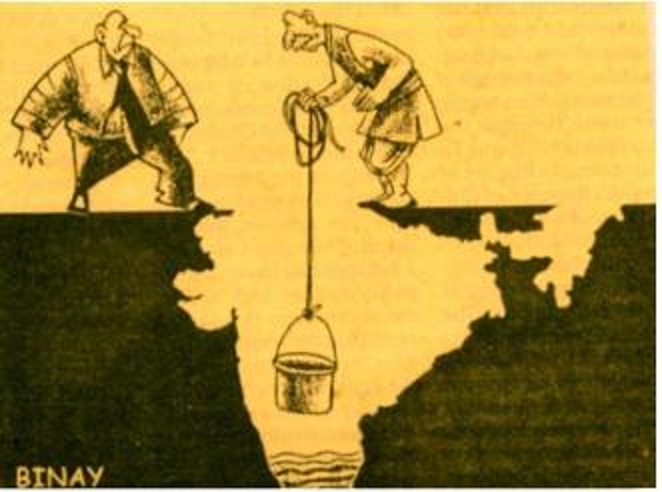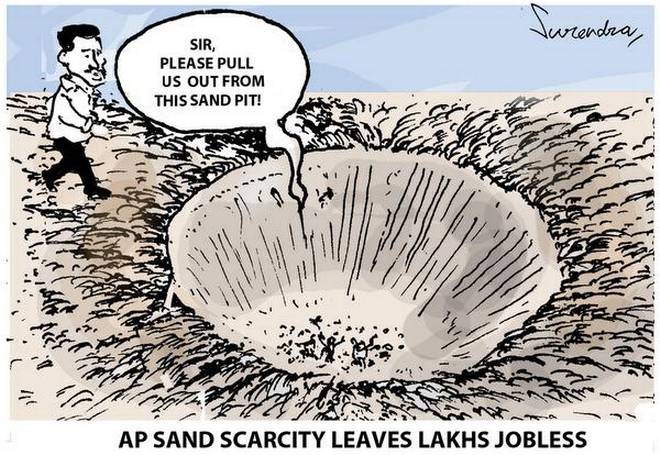Here we present the rainfall figures from India Meteorological Department in the just concluded month of June 2020, the first month of SW Monsoon 2020. The overall rainfall at all India level in June 2020 was 196.2 mm, 18% above normal rainfall in the month at 166.9 mm. It was 33% deficit last year.
This is India’s wettest June 12 years, The Times of India reported on July 1, 2020. Agriculture Ministry Data shows that sowing is 68% higher at 31.56 m ha. The June rainfall was 202 mm in 2008, the rainfall this year is the highest since then. All four IMD regions (Northwest, Central, South, East & NE) have recorded surplus rainfall, the surplus is the highest in Central (30.5% surplus) and E-NE (15.7%) regions. North West India had the lowest surplus at 3.5%. IMD Head Mrutyunjay Mohapatra said that whole of India was covered by monsoon on June 26, 12 days ahead of the normal date of July 8.
State wise rainfall Three states had large excess rainfall (above 60% surplus rainfall), namely Bihar, Madhya Pradesh and Sikkim. Eight states/UTs (Union Territories) had excess rainfall (20-59% surplus): Assam, Meghalaya, UP, Chhattisgarh, Maharashtra, Telangana, Andhra Pradesh & Andaman and Nicobar. Nine had deficient rainfall (20-59% deficit): Lakshadweep, Mizoram, Manipur, J&K, Ladakh, Himachal Pradesh, Delhi, Dadar & Nagar Haveli. Rest of India had Normal Rainfall. Continue reading “District Wise rainfall in India in June 2020”









